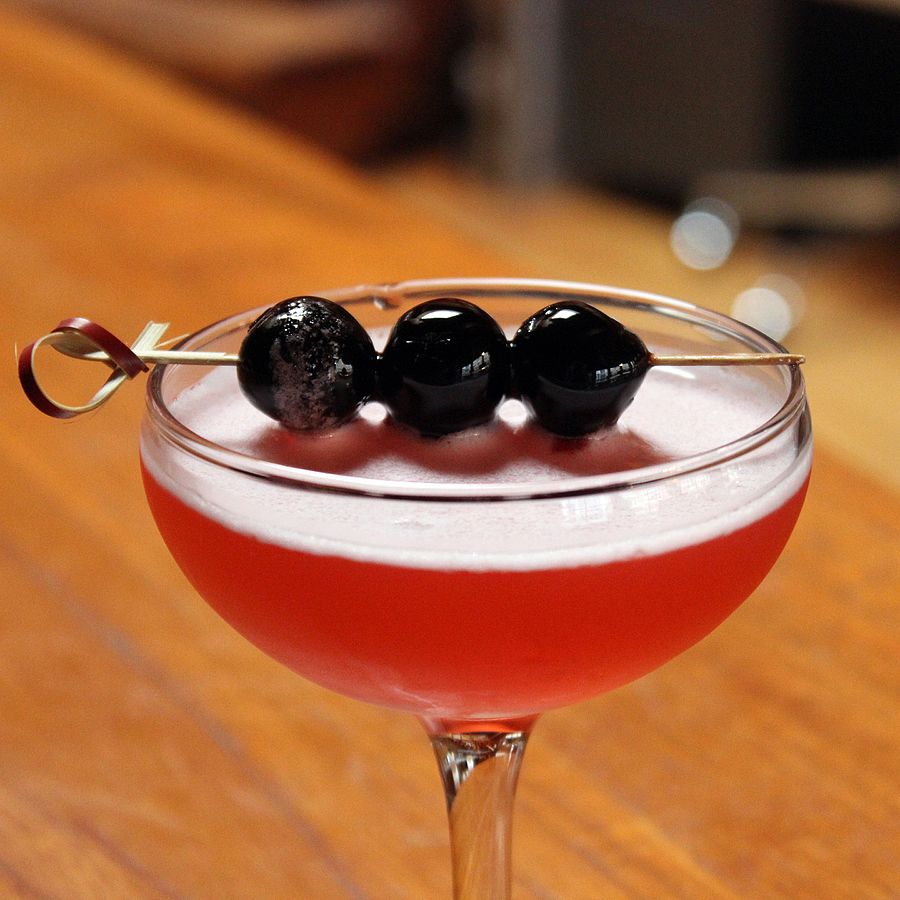Certain type of stroke may increase desire for alcohol, new study says

Image: Wikimedia Commons
A stroke in a certain part of the brain may increase alcohol-seeking behavior and preference for alcohol, according to a new study from researchers at the Texas A&M College of Medicine. The results were published in the journal Scientific Reports.
The findings are important because “although stroke is a severe disease, more and more people are surviving and recovering after their first stroke,” said Jun Wang, an assistant professor in the Department of Neuroscience and Experimental Therapeutics and co-principal investigator of the project. “Therefore, it is important to study behavior change after stroke, and how that behavior can affect the chances of having another one, which is often fatal.”
People who have had one stroke are often advised to limit their consumption of alcohol to help prevent a recurrence, but that may be difficult if damage caused by the stroke itself is encouraging them to actually drink more.
After an ischemic stroke in the middle cerebral artery—one of the most common types of stroke in humans—the animal models showed much lower overall fluid intake but increased preference for alcohol over water when they did drink. These effects were significant even though the stroke only affected one side of the brain, leaving the other half of the brain without damage.
“Their preference for alcohol can be seen five days after stroke and through at least the first month after the stroke,” Wang said. “Specifically, when given a choice between water and alcohol, they chose alcohol a higher percentage of the time than they did before the stroke.”
Researchers think the stroke kills neurons in a part of the brain called the dorsal lateral striatum, which stops the inhibition of certain neurons in the midbrain. These midbrain neurons, which are now far more excitable, send a signal to a particular type of dopamine receptor, called D1. These D1 receptor-containing cells, located in the dorsomedial striatum, were shown in Wang’s previous work to compel the individual to perform an action—like having an alcoholic beverage.
“This circuit is interesting because it means that when the dorsal lateral striatum neurons die, the result is increased excitement of the D1 neurons in the dorsomedial striatum,” Wang said. “It is this increased excitement that we think is causing alcohol-seeking behavior.”

